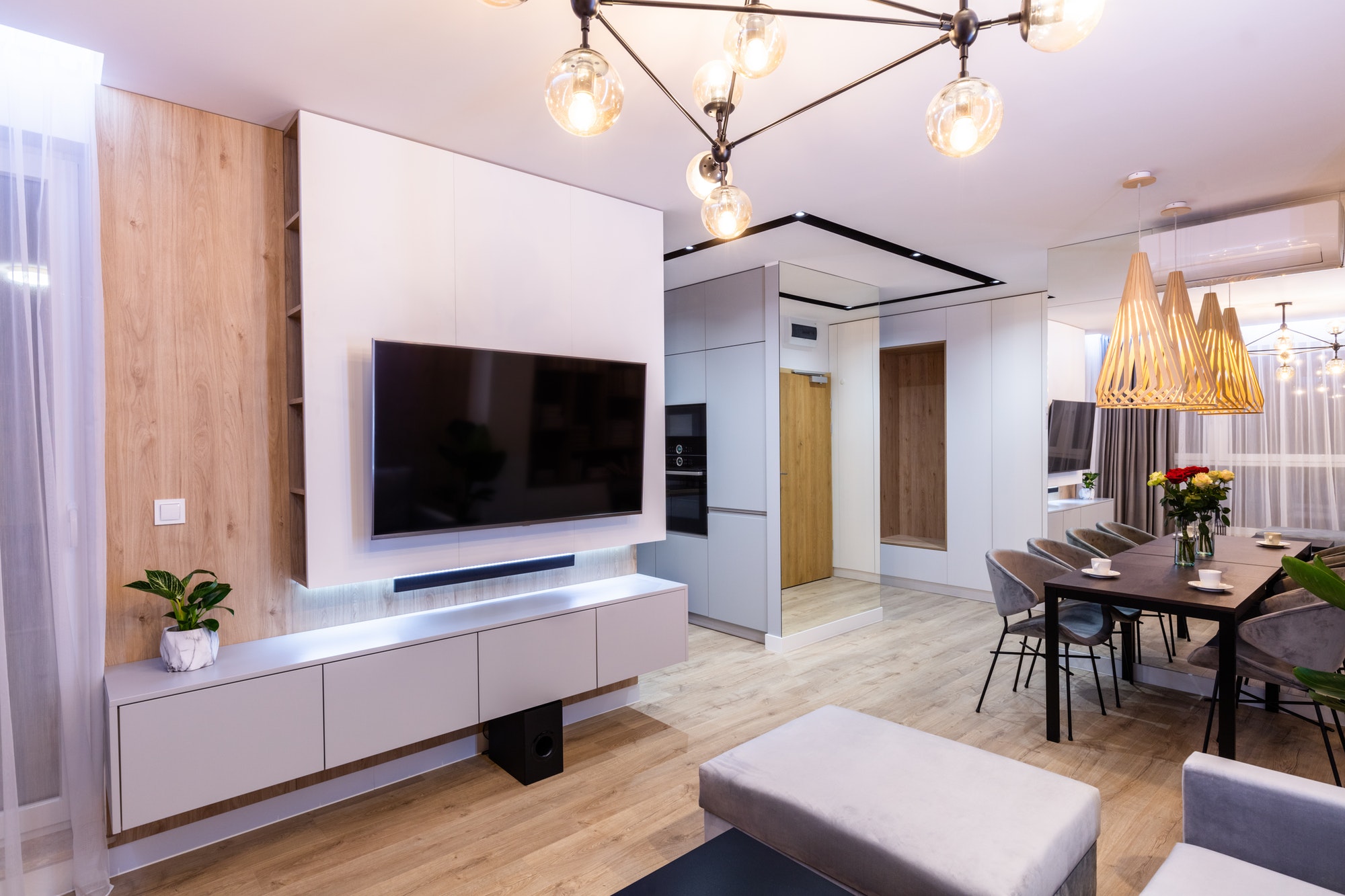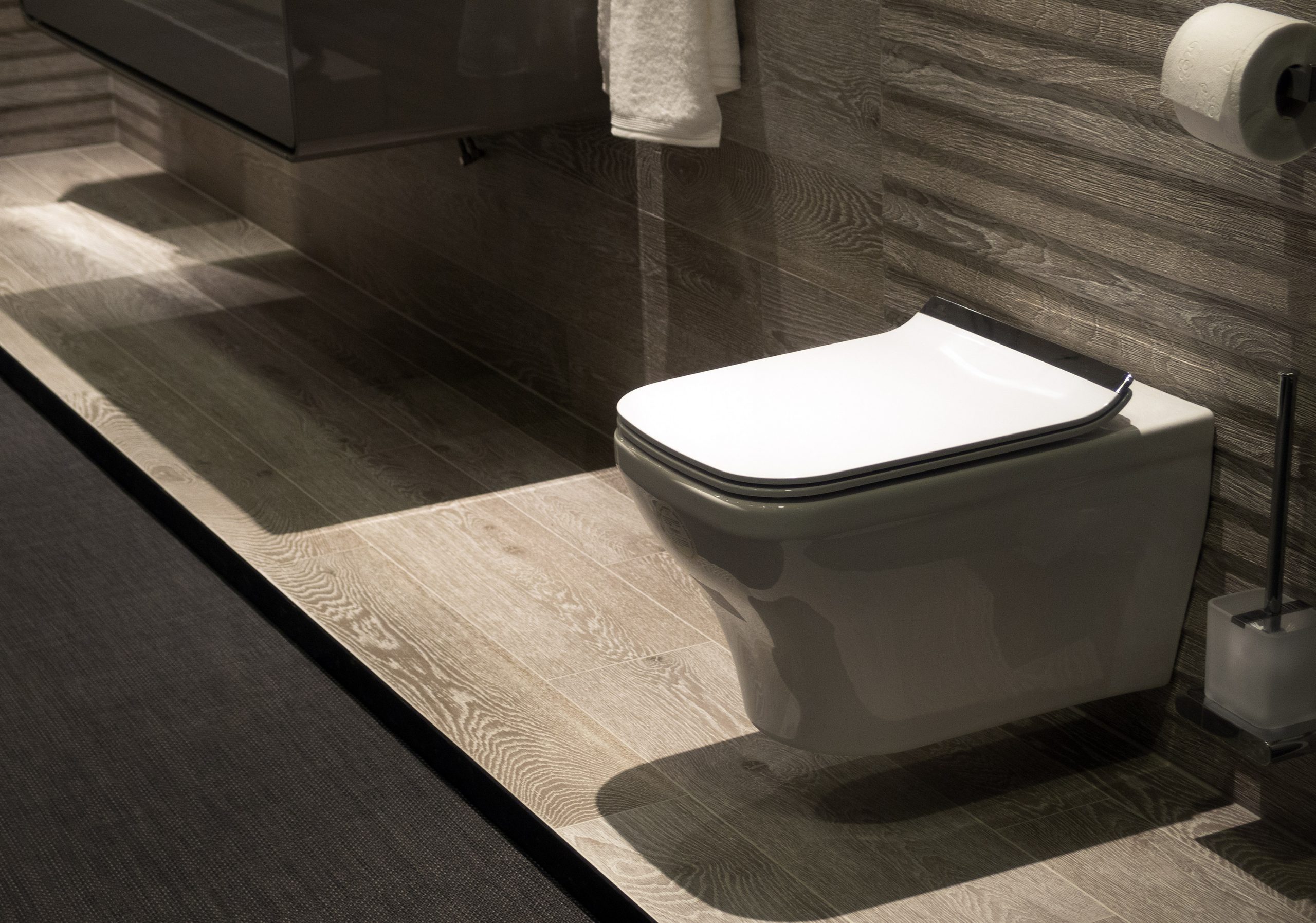Today, the average cost of a consumer 3D printer is about $700. You can even get some for the low price of $200!
Because of these prices, 3D printers are more accessible than ever to people all around the world. Perhaps you have some extra cash, and you’re interested in purchasing a 3D printer.
Are you interested in 3D printing objects in your own home but don’t know where to start? Then here’s your intro to 3D printing.
What Is 3D Printing?
3D printing is also known as “desktop fabrication” or “additive manufacturing.”
If you’ve used a computer before, then you’ve probably printed out a piece of paper before. 3D printing goes a step above that and recreates an object based on a 3D “blueprint.”
Many people don’t know this, but this technology first came into existence in 1986. However, it hasn’t gained popularity until now because of how readily accessible and affordable it’s become to the average consumer.
The Beginnings
The concept of 3D printing first started in 1984 when Charles Hull invented stereolithography (SLA). This was a new type of printing process that preceded 3D printing.
In the 1990s, stereolithographic apparatuses were used to print functional organs for patients, which then prompted people to really start paying attention to 3D printing. In 2006, popularity for this technology grew, even more, when selective laser sintering (SLS) came out and industrial parts could be printed on demand.
In the next few years, 3D printing technology exploded in several areas, including prosthetics for amputees and DIY kits for creating 3D printers.
How 3D Printing Works
You might think that 3D printing involves cutting, carving, and drilling blocks of material to get your end product, as you would with a piece of art. But that’s not the case at all.
Instead, the 3D printing uses powdered material and essentially fuses it all together to make whatever it is you want. The printer is comprised of the following:
- Laser source
- Elevator
- Vat
- Materials
The materials most often used in a 3D printer are plastic, resin, metals, and polymers.
Types of 3D Printing
There are four types of 3D printing: fused deposition modeling, selective laser sintering, powder bed and binder, and stereolithography. Find out more about each below in this introduction to 3D printing.
Fused Deposition Modeling
This method melts together molten strings of material. It’s the cheapest method around, but the quality isn’t the best. Plus, you’re very limited in the types of material you can use.
Selective Laser Sintering (SLS)
As we mentioned above, SLS is used a lot for industrial parts. This melts together powdered material, such as plastic or ceramic. One huge benefit of using this 3D printing method is that you can use a lot of different materials.
Powder Bed and Binder
This is similar to SLS but uses an inkjet head that puts binder on your object. This means its main advantage is that it can print a variety of colors.
Stereolithography
Stereolithography is where an ultraviolet laser is used on resin. Your object is built up, layer by layer. This is one of the most expensive types of 3D printing, but the quality is the highest as well.
3D Printing for Beginners
Depending on what you want to print (and the materials involved), you’ll choose a printer with the technique that suits your purposes.
For beginners, we highly recommend you purchase a desktop 3D printer. For instance, this 3D desktop scanner uses white light and can function without a turntable, which means they can capture objects of any size in a quicker fashion.
Printer Inks
The most commonly used printer inks in consumer 3D printers are polylactic acid (PLA) and acrylonitrile butadiene styrene (ABS) filaments.
Within these two types of inks, you can break them down further. You can purchase based on:
- Diameter
- Required print bed temperature
- Required extruder temperature
- Required coating or covering for the print bed
You’ll have to do some research to determine what the best printer ink is for your purposes.
Print Files
In most cases, you can’t just show your printer what you want to be printed and have it spit a copy out like magic. Of course, there are many blueprints people have made and shared online, so you can always refer to those.
But if you want to make your own creations, you’ll need to first capture the object with something like a scanner or camera. CAD programs can be used as well if you’re familiar with those.
Then, the file needs to be converted into a file format that your 3D printer can read. After that, you’ll have to “slice” or layer the data to tell the printer exactly how each layer should be. There are many free, open-source 3D creation suites you can use to convert your data into a readable format for your 3D printer.
Some common file formats for 3D print files are *.STL, *.WRL, *.OBJ, *.X3G, *.PLY, and *.3MF.
Software
Of course, you wouldn’t be able to use your 3D printer without the right software. If you’re using premade blueprints, then you won’t need to go through this step. However, you’ll need the proper software to design and print custom blueprints.
The best way to go about this is to use CAD software; we suggest Autodesk Inventor. There are some non-CAD programs that enable you to design in 3D as well.
Use This Intro to 3D Printing for Success
Now that you have the intro to 3D printing down, you’ll be able to print out practically anything your heart desires. Nail the 3D printer basics and you’re set for life.
So make sure to study our 3D printing guide carefully. No one’s going to get it right on the first few tries, so don’t be too hard on yourself. Remember: practice makes perfect!
For more tech info, please take a look at the rest of our blog section.
Discover more from Futurist Architecture
Subscribe to get the latest posts sent to your email.



